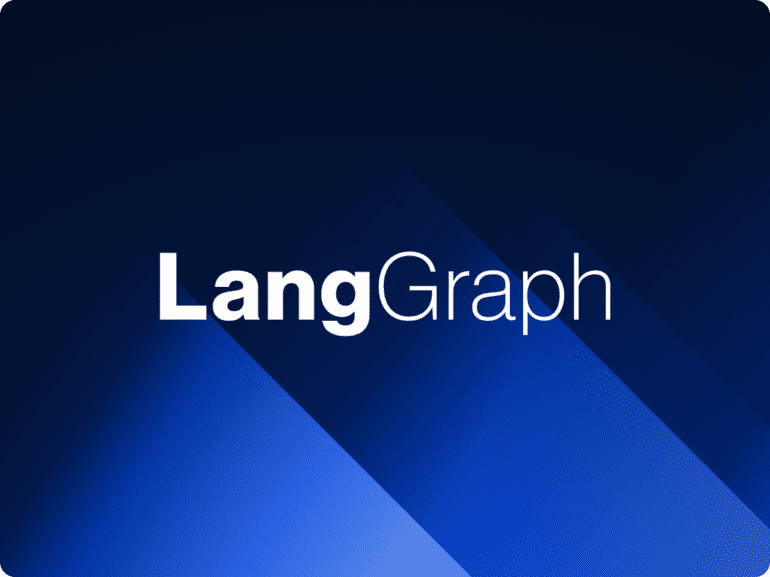TL;DR:
- LangGraph is a revolutionary library for building stateful, multi-actor applications.
- It utilizes Language Models (LLMs) and operates on the LangChain infrastructure.
- The library empowers applications to maintain multi-step conversations and remember past interactions.
- It supports cyclic data flow, enabling more sophisticated and responsive applications.
- LangGraph seamlessly integrates with existing tools and frameworks, simplifying development.
Main AI News:
In the ever-evolving landscape of technology, the demand for intelligent, stateful applications has never been greater. Today’s users expect more than just basic interactions; they crave systems that remember their history, engage in meaningful conversations, and make informed decisions. This growing need has spurred the development of various solutions, but one platform stands out: LangGraph.
LangGraph is a groundbreaking library designed to empower developers in building stateful, multi-actor applications. It harnesses the power of Language Models (LLMs) and operates atop the LangChain infrastructure, offering a dynamic and robust solution to a pressing challenge.
The Need for Stateful Interaction
The essence of modern applications lies in their ability to engage users, understand their context, and respond intelligently. Existing frameworks often fall short in this regard, as they excel in processing individual inputs but struggle to maintain ongoing, stateful interactions. LangGraph emerges as the remedy to this limitation.
Unveiling LangGraph’s Prowess
At its core, LangGraph enables the creation of applications that excel in sustaining multi-step conversations. It empowers these applications to remember past interactions, leverage this historical data, and craft responses that are not just relevant but also imbued with context. This transformative capability paves the way for the development of agent-like behaviors, where applications actively engage with users, recollect previous inquiries, and provide well-informed responses.
Breaking the Barrier with Cyclic Data Flow
One of LangGraph’s distinguishing features is its adeptness at handling cyclic data flow. Unlike conventional frameworks that adhere to one-way data streams, this library embraces the intricacies of bidirectional data flow. By facilitating the retention and expansion of past interactions, LangGraph empowers developers to create applications that are truly sophisticated and highly responsive.
A Seamless Integration Experience
LangGraph’s versatility extends to its seamless integration with existing tools and frameworks. Developers no longer need to grapple with the complexities of managing state and context. Instead, they can focus their energies on crafting intricate and interactive applications that cater to the evolving demands of modern users.
Conclusion:
LangGraph’s introduction to the market signifies a significant shift in the development of intelligent, stateful applications. Its ability to enable multi-step conversations, remember past interactions, and support cyclic data flow positions it as a valuable asset for businesses seeking to create more engaging and responsive applications. This library has the potential to drive innovation and enhance user experiences across various industries, making it a game-changer in the market. Businesses that adopt LangGraph can expect to deliver more sophisticated and intelligent applications to their customers, gaining a competitive edge in the process.

